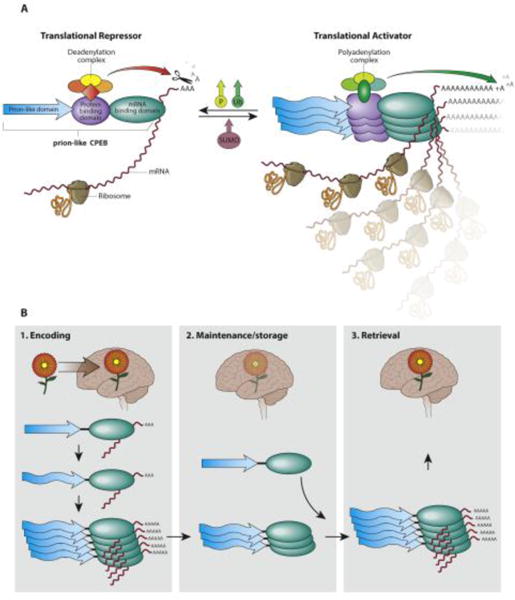Figure 1. Translation regulation by stable amyloidogenic assembly: prion-like CPEB.

(A) Schematic organization of various domains of the mRNA binding protein CPEB and the consequence of conversion from monomer to polymer. The prion-like CPEB regulates target mRNA translation bidirectionally: when it’s in monomeric form, the protein recruits mRNA deadenylation complex and represses translation; when the protein adopt amyloid-like assembly, it recruits polyadenylation complex and enhance translation. The conversion between two states can be regulated by protein phosphorylation (P), ubiquitination (Ub) and SUMOylation (SUMO). (B) The connection between CPEB amyloid-like assembly and various stages of memory. During memory encoding, CPEB is being converted from a monomer to an amyloidogenic form. Overtime the memory is maintained by the self-sustaining nature of the assembled state. During recall it likely activates translation of specific mRNA to aid expression of memory.
